Výběr správného páru lyží může být obtížná záležitost, zvláště když jste začátečník ve zimních sportech. Čísla přímo vytištěná na lyžích mohou být skvělým průvodcem. Pojďme dnes odhalit jejich tajemství.
Můžete si vybrat buď podle čísla, nebo podle srdce. Pro druhou možnost si prohlédněte náš průvodce:
Lyžování je sport, který vyžaduje spoustu specializovaného vybavení, a jedním z nejdůležitějších kusů vybavení jsou vaše lyže. Lyže jsou k dispozici v různých tvarech a velikostech a porozumění číslům a terminologii, která s nimi souvisí, může být matoucí.
Krátká délka = více zábavy!
Délka
První číslo, které uvidíte na páru lyží, je délka. Je to vzdálenost od špičky lyže po patu a obvykle se měří v centimetrech. Lyže jsou k dispozici v různých délkách, od mini lyží kolem 40 cm, přes delší skiboards s délkou obvykle mezi 65 až 120 cm, až po dlouhé lyže, které mohou být přes 200 cm pro pokročilé lyžaře. Nicméně takto dlouhé lyže jsou obvykle jen pro olympijské lyžaře – pro vás by byly hrozně neohrabané.

Výběr délky podle vaší výšky - mýtus vyvrácen
Tradiční lyžařský průmysl tvrdí, že délka vašich lyží by měla být založena na vaší výšce. I když to může být v některých případech pravda, tento názor nabízí pouze omezený počet možností výběru.
Pravda je, že nemusíte vybírat lyže podle své výšky: můžete si vybrat lyže podle toho, co vám nejlépe vyhovuje.
Skiboards ve skutečnosti neodpovídají výšce žádné osoby, ale přinášejí mnoho výhod lyžařům všech úrovní dovedností, navíc si můžete vybrat přesně tu délku, která vám vyhovuje, bez ohledu na vaši výšku.
Výběr správné délky skiboardu
Snowblades jsou k dispozici v různých délkách od 65 cm do 120 cm, nabízejí širokou škálu možností pro různé preference. Ať už jste začátečník hledající snadnější ovladatelnost, nebo zkušený lyžař toužící po stabilitě při vysokých rychlostech a špičkovém výkonu v hlubokém sněhu, existuje velikost pro každý styl!
Začínáme s nejkratšími, 65 cm skiboards nabízejí pocit podobný bruslení na sněhu. Jsou velmi obratné, ale vyžadují dobrý cit pro rovnováhu mezi přední a zadní částí.

Na druhém konci spektra 120 cm skiboards poskytují pocit podobný tradičním dlouhým lyžím, ale jsou snazší na ovládání při zatáčení, zastavování a dokonce i při přepravě na svah. Pokud se pouštíte do světa krátkých lyží, ale váháte, zda nejít příliš krátce, 120 cm skiboards jsou vynikající volbou.
Vyberte délku, která vám nejlépe vyhovuje
Pro ty, kteří zjistí, že 65 cm i 120 cm skiboards nejsou úplně vhodné, 99 cm skiboards představují dokonalý kompromis. Umožňují volné lyžování a zároveň poskytují dostatečnou podporu pro zvládání boule, výuku lyžování nebo užívání si času v snowparcích. Jsou ideálním středem pro všestranné lyžařské zážitky.
Cítíte se dobrodružně? Můžete vyzkoušet lyže dlouhé jen 44 cm!
Šířka
Druhé číslo, které u lyží uvidíte, je šířka. Toto je měření lyže v jejím nejširším bodě, což je obvykle uprostřed nebo v pase lyže. Šířka lyže je důležitá, protože ovlivňuje, jak lyže funguje za různých podmínek. O tom více později.
Snowfeet skiskates uvádějí 3 čísla: šířku špičky, pasu a paty. Na obrázku vidíte čísla následovně: špička 115 mm, pas 85 mm a nakonec pata 100 mm.
Užší skiskates, kolem 70-85 mm v pasu, jsou lepší pro upravené sjezdovky a zmrzlý sníh, protože jsou obratnější a snáze ovladatelné. Pokud trávíte většinu zimy na sjezdovkách, zvolte užší skiskates.
Širší skiskates, kolem 90-110 mm v pasu, jsou lepší pro hluboký prašan a terén mimo sjezdovky, protože poskytují větší plovoucí schopnost a stabilitu. Někteří lyžaři tvrdí, že skiskates mají tendenci se v hlubokém prašanu potápět, což samozřejmě není pravda. Pokud jste velkým fanouškem prašanu, můžete zvolit powder skiskates, které jsou v pasu širší než běžné skiskates.
Sidecut
Třetí číslo, které uvidíte na páru lyží, je sidecut. Jedná se o měření rozdílu mezi šířkou lyže na špičce a šířkou lyže v pasu.
Lyže s větším sidecutem bude mít kratší poloměr otáčení a bude obratnější, zatímco lyže s menším sidecutem bude mít delší poloměr otáčení a bude stabilnější při vysokých rychlostech.
U Snowfeet lyží najdete šířku špičky, pasu a paty napsanou v jedné řadě na spodní straně vaší lyže.
Flexe
Poslední číslo, které uvidíte na páru lyží, je hodnocení flexe. Jedná se o měření tuhosti lyže a obvykle se hodnotí na stupnici od 1 do 10. Lyže s nižším hodnocením flexe jsou měkčí a více odpouštějící, což usnadňuje jejich ovládání začátečníkům. Lyže s vyšším hodnocením flexe jsou tužší a citlivější, což je lepší pro pokročilé lyžaře, kteří rádi jezdí vysokou rychlostí a zvládají náročný terén.
Kromě těchto čísel existuje několik dalších termínů, které můžete vidět při nákupu lyží.
"Camber" označuje zakřivení lyže, přičemž tradiční camber lyže mají mírný oblouk pod nohou.
"Rocker" označuje lyži s vyvýšenou špičkou nebo patou, což pomáhá při plavání v hlubokém prašanu.
A "vázání" je část lyže, která připevňuje vaši botu k lyži. Vázání jsou stejně důležitým prvkem, který je třeba zvážit před koupí lyží, protože výrazně ovlivní váš lyžařský zážitek.
Vázání
I když mnoho lyžařů zná pouze standardní uvolňovací lyžařská vázání, skiskates nabízejí širší výběr vázání.
Vyzkoušejte něco nového

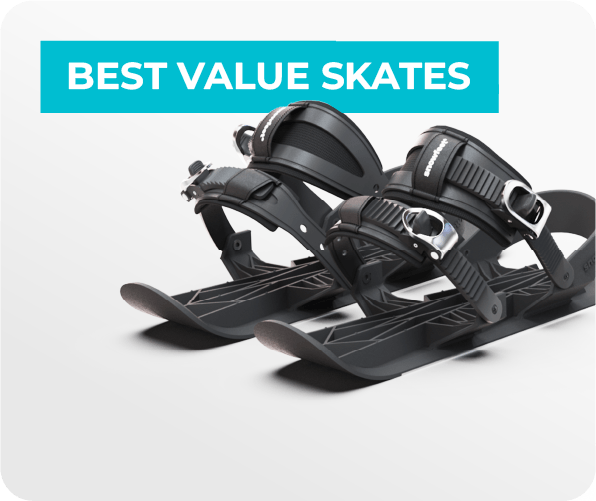


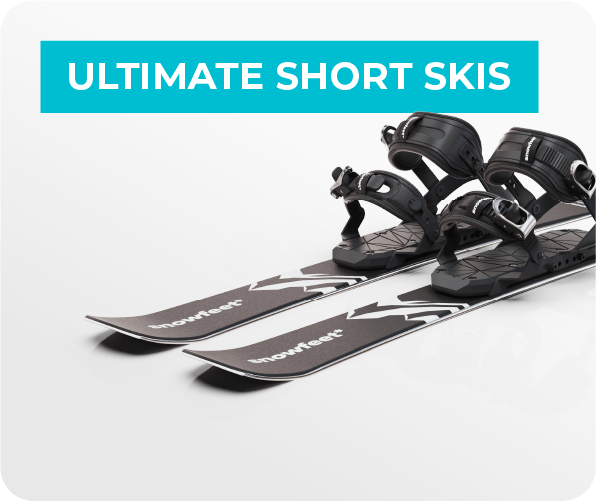


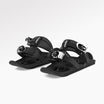
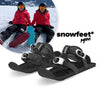

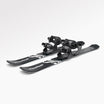




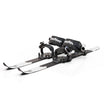

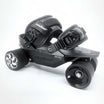

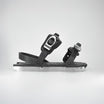











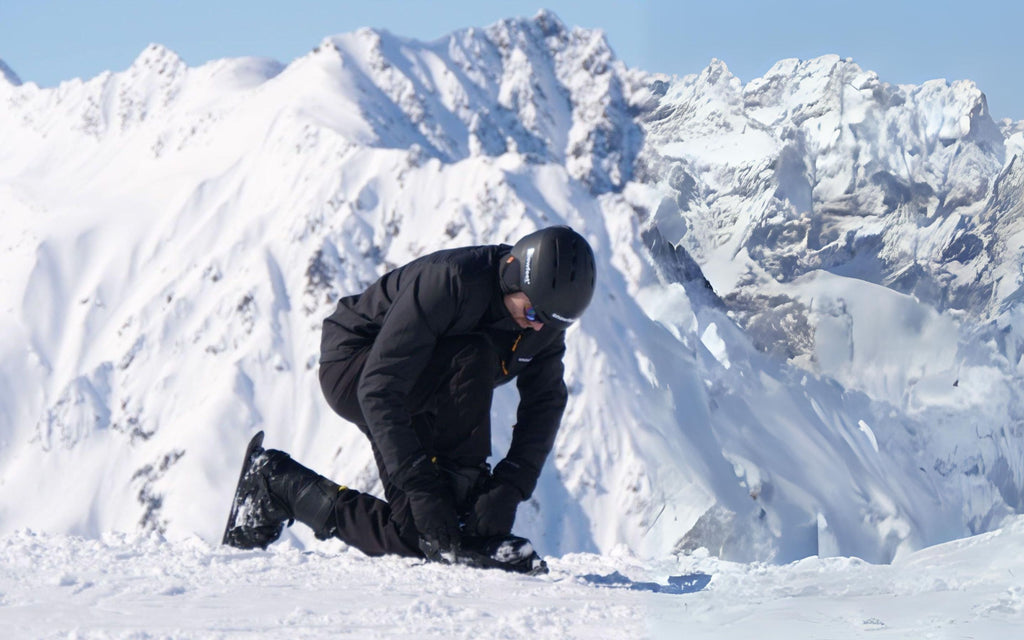


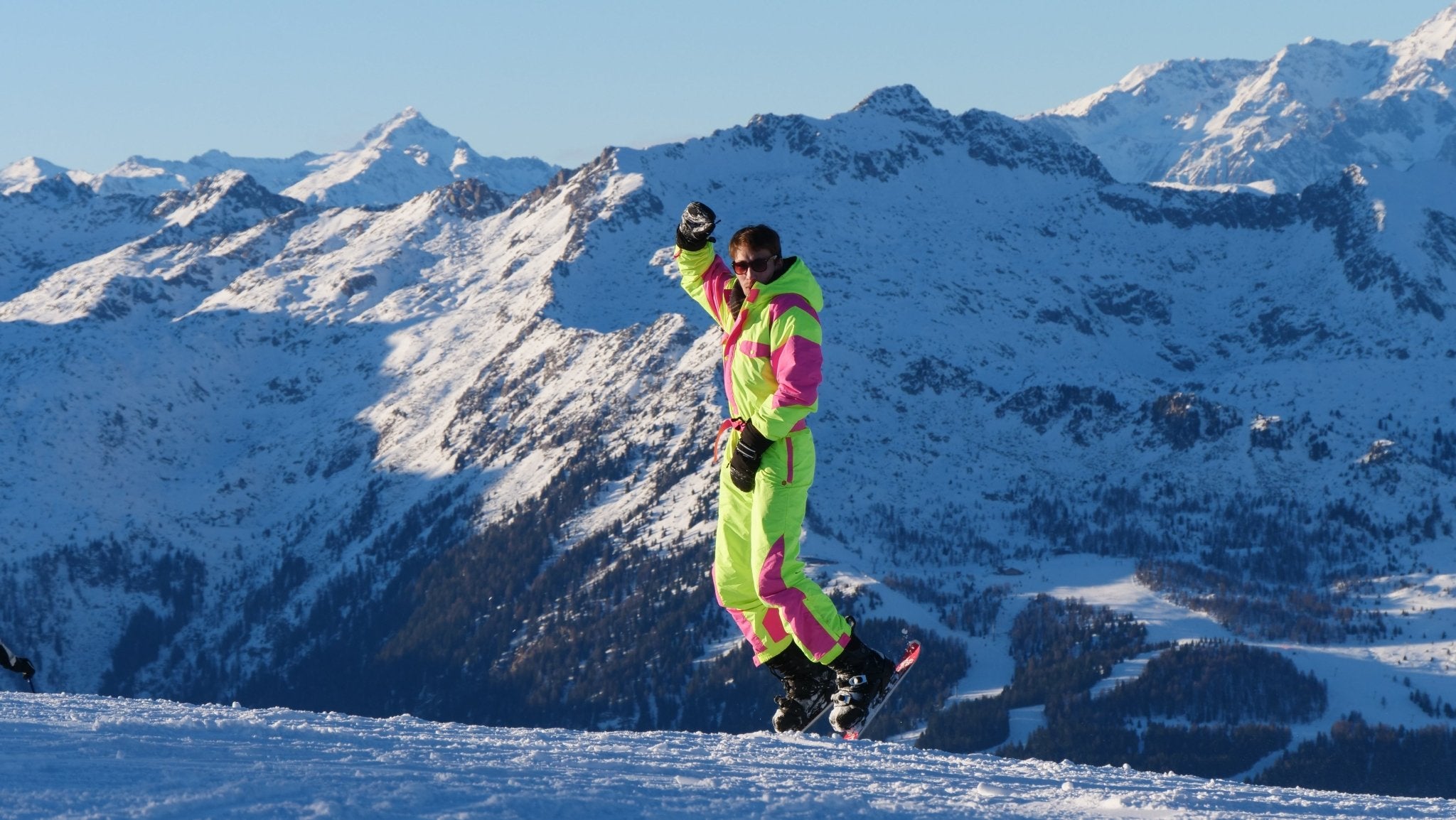
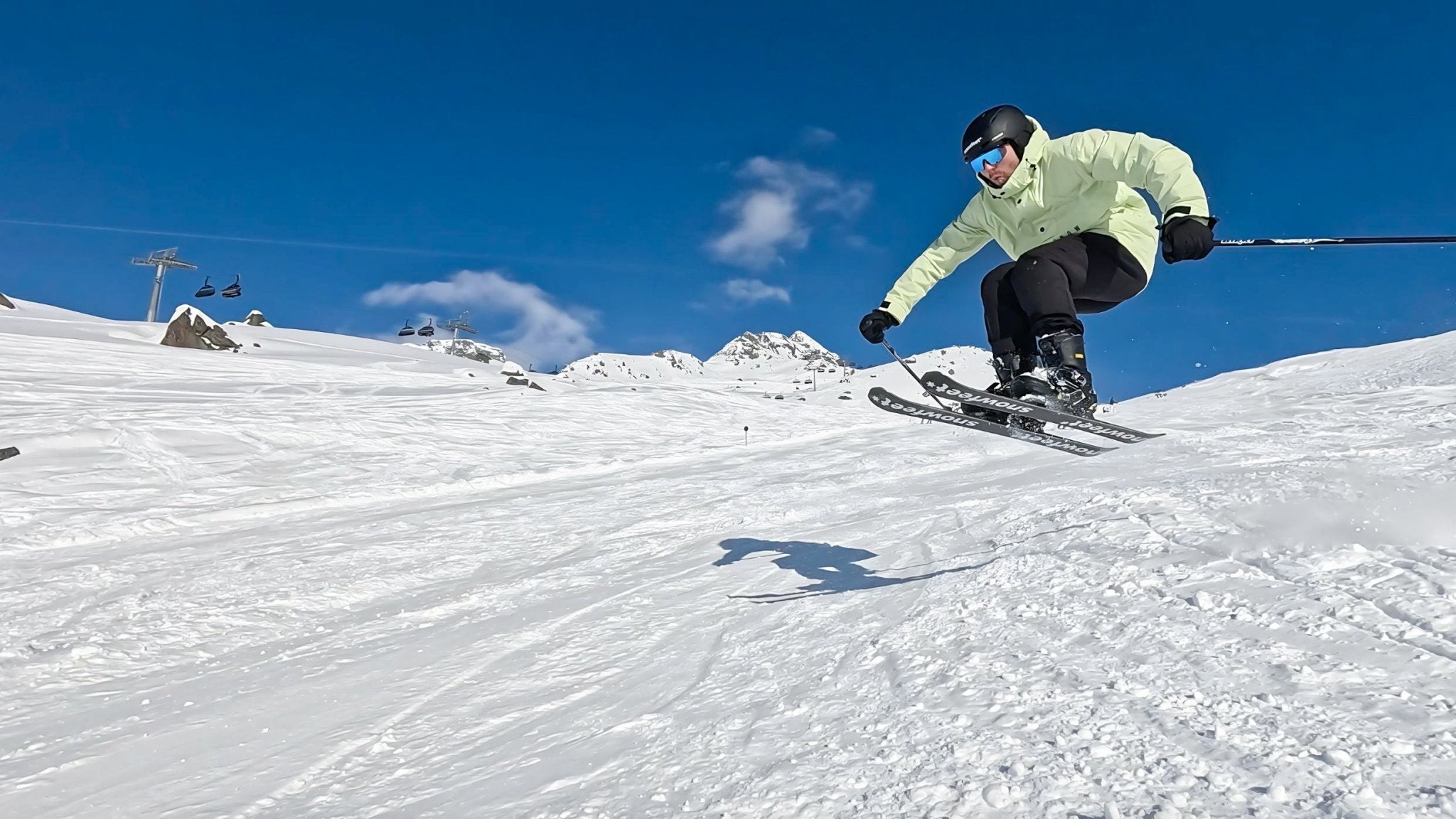




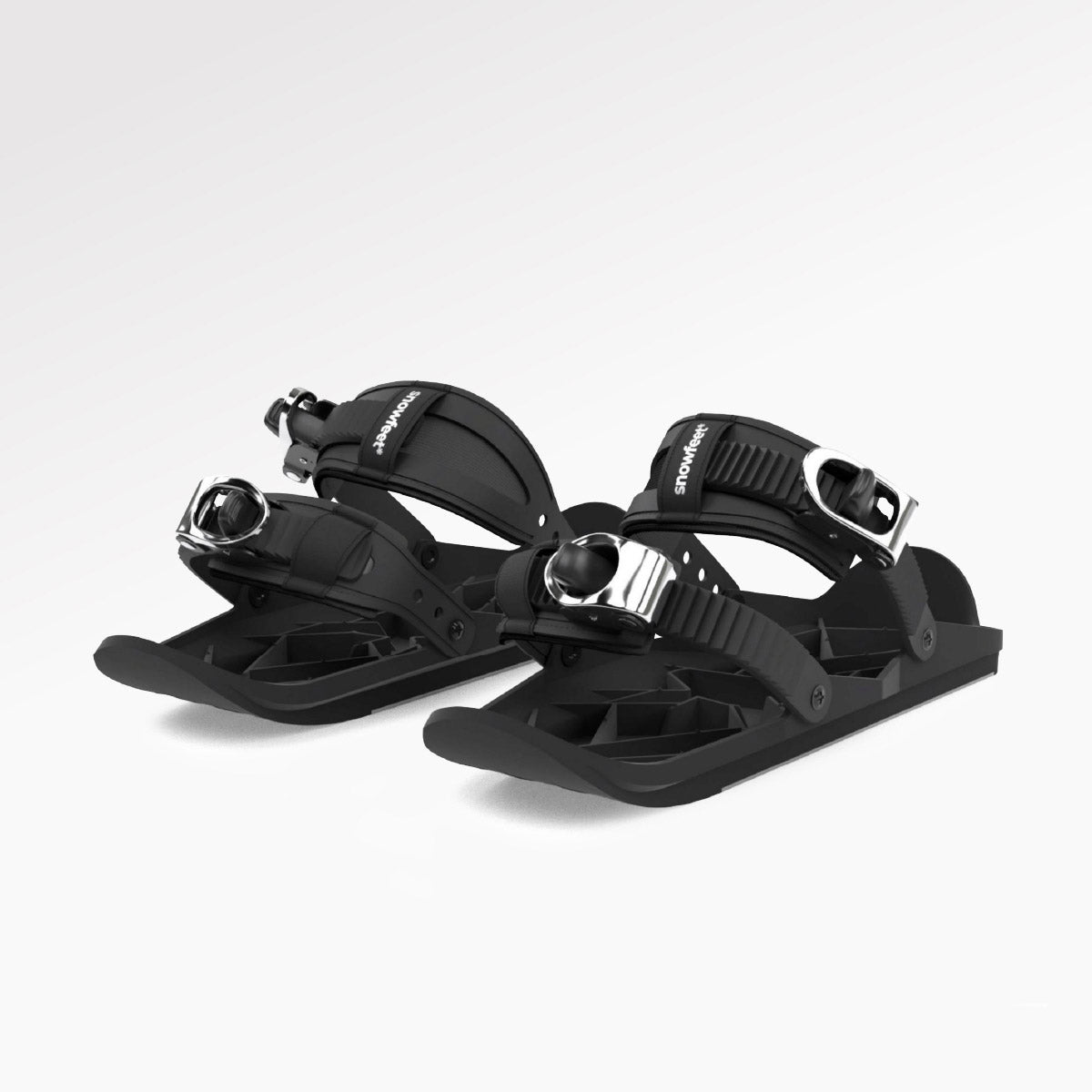
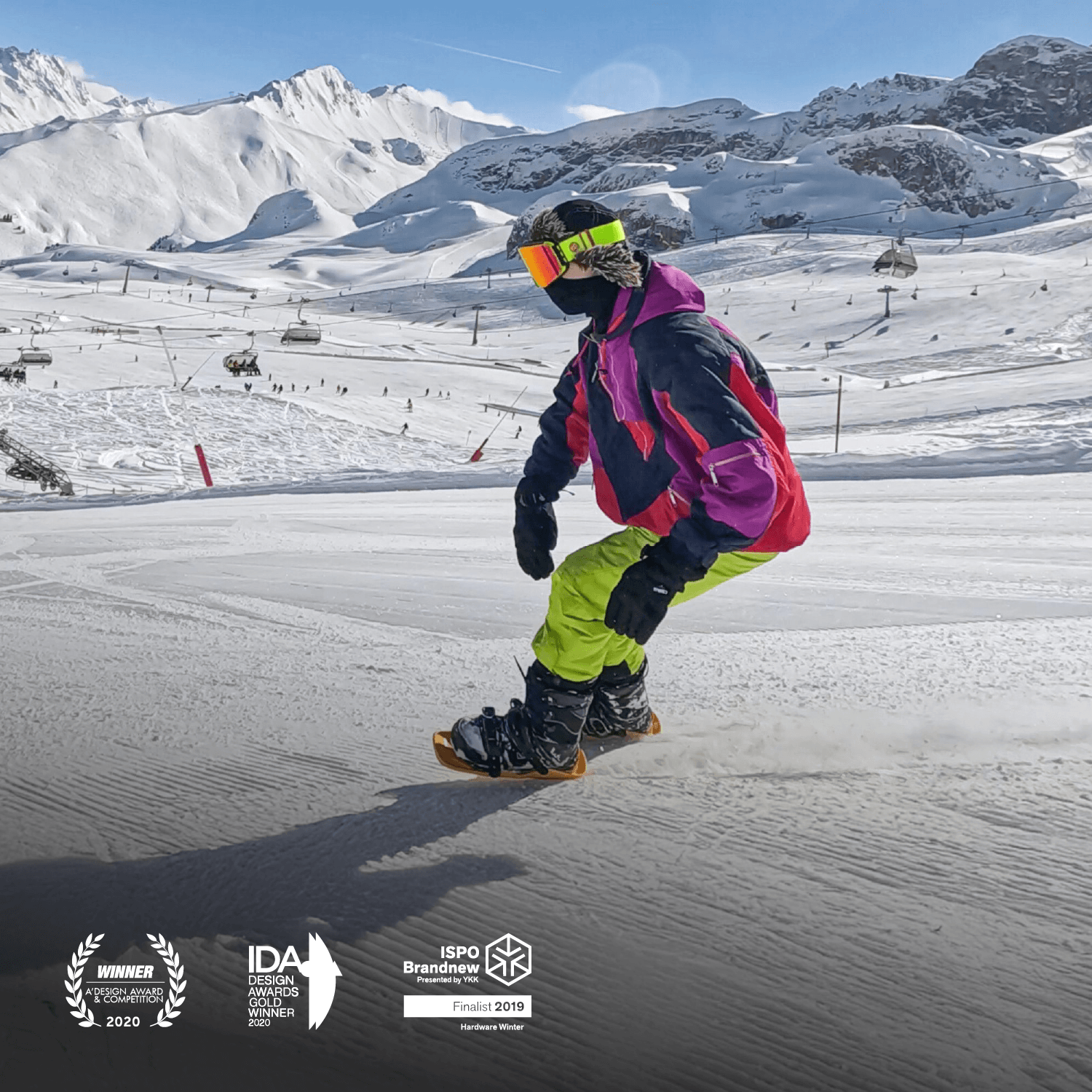
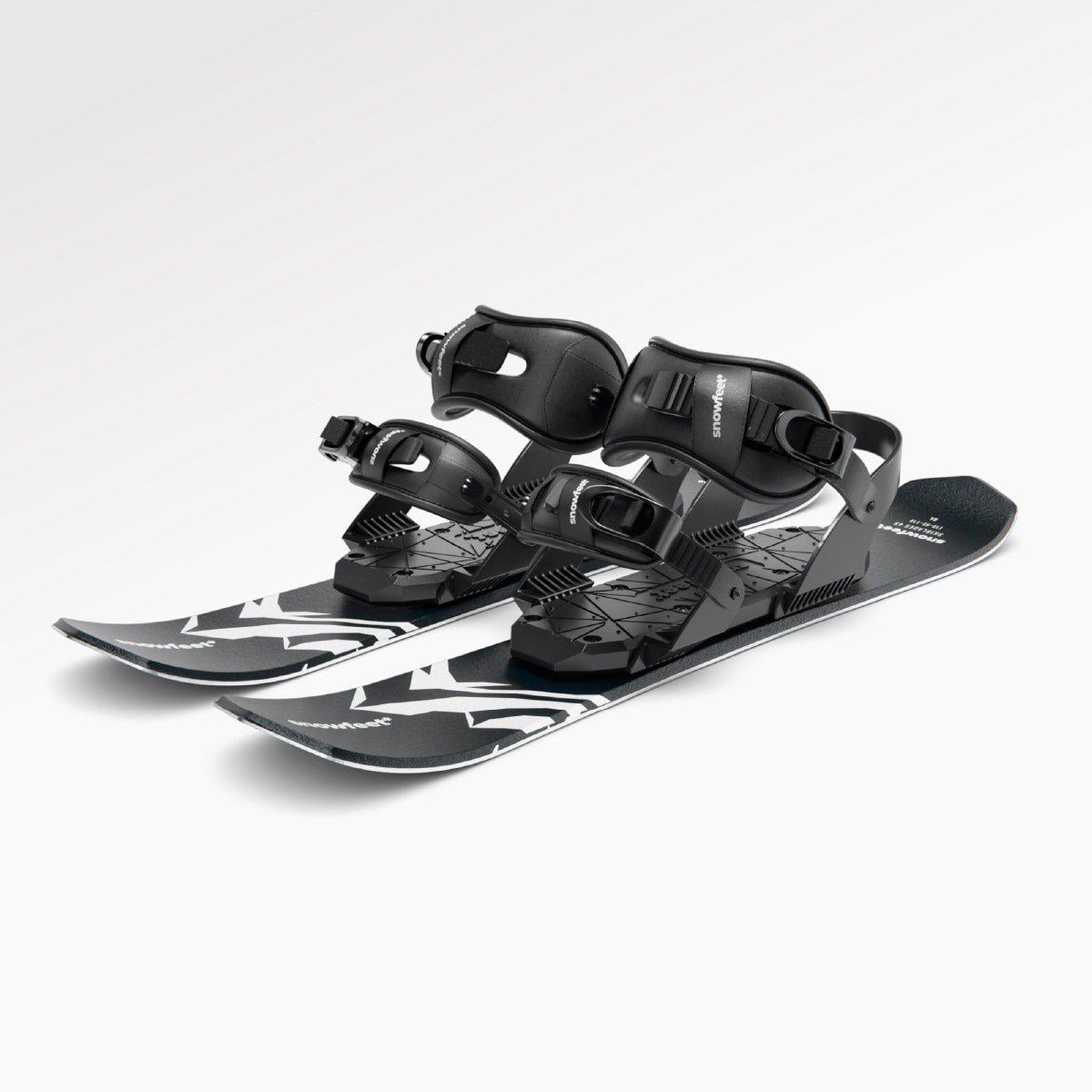



Zanechte komentář
Tento web je chráněn službou hCaptcha a vztahují se na něj Zásady ochrany osobních údajů a Podmínky služby společnosti hCaptcha.